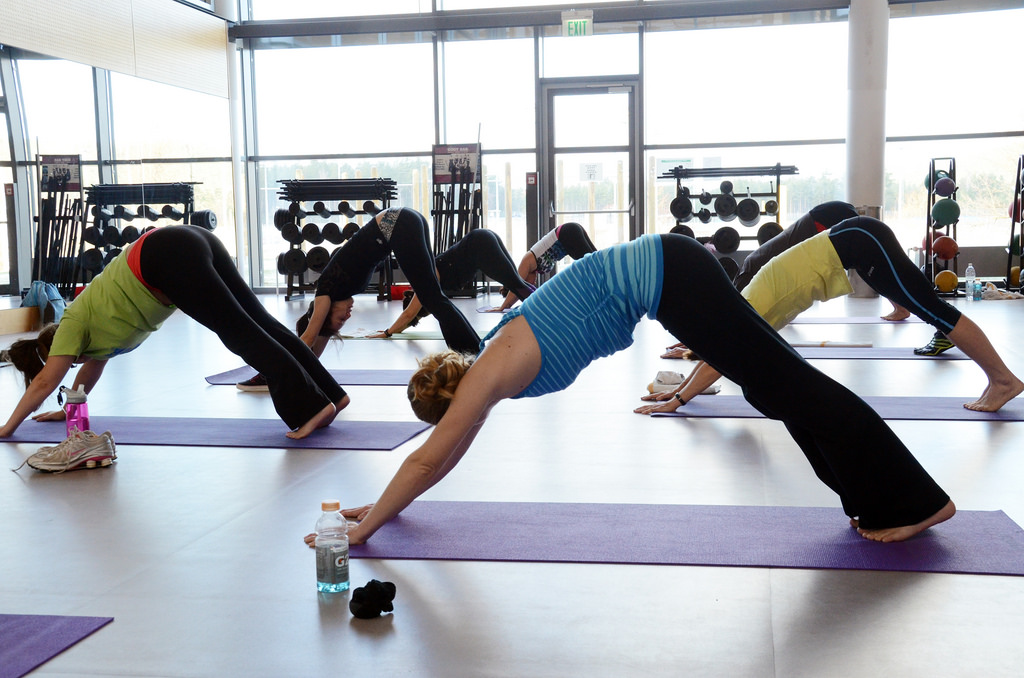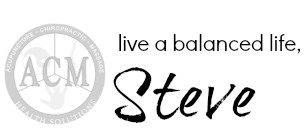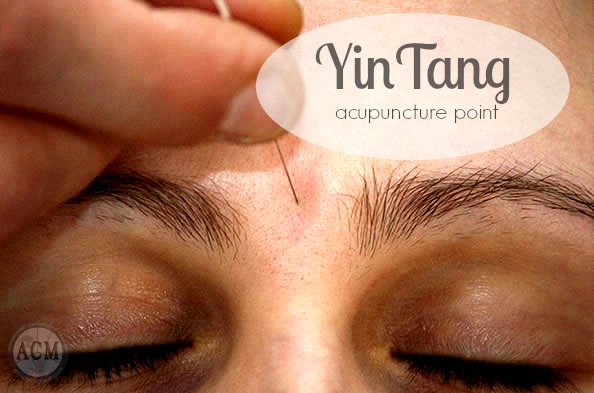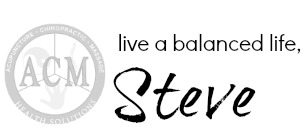-
Book Online Now - Acupuncture Solutions3900 Pebblecreek Ct #101
Plano, TX 75023972-612-4900 - 6501 Wesley St #A-1
Greenville, TX 75402903-213-3679 Learn more about…
#autumn #balance #behappy #fall #familytime #healthlyliving #healthyskin #immunesystem #organs #psoriasis #seasons #sunscreen #thinkpositive acupressure acupuncture allergies anxiety coronavirus covid-19 depression diet digestion exercise headaches health heart herbs irritability kidneys liver lungs meditation migraines nutrition pain pms qi skin sleep spring stress summer tcm Traditional Chinese Medicine winter
Depression
Acupressure Points to Help Depression
We’re confident that you’ve heard of acupuncture, but do you know where it comes from?
The study and practice of acupuncture and acupressure have been used in Traditional Chinese Medicine (TCM) for thousands of years and is an ancient healing technique. Acupressure and acupuncture apply the same principles, but acupressure uses pressure points instead of needles to achieve the desired results. continue reading
TCM and Seasonal Affective Disorder

Seasonal Affective Disorder, also known as SAD, is a form of depression that affects people all throughout the world. Most commonly experienced during fall and winter months, the symptoms of SAD include depression, hypersomnia, lethargy, difficulty concentrating, negative thoughts and decreased social interaction. Higher levels of anxiety are experienced at the end of the summer season as those who suffer from this ailment start to anticipate the coming months of less sunshine and increased symptomatology. continue reading
The Season of Winter
The ancient Chinese developed a system of medicine thousands of years ago and that system is still used around the world today. This system incorporates more than just medicine though. Traditional Chinese Medicine practitioners also educate their patients on how the seasons affect the body and ways to stay healthy. This will ultimately lead to a long, healthy life.
Traditional Chinese Medicine teaches that humans should live in harmony with the seasons. According to TCM there are five seasons – winter, spring, summer, late summer and fall. Each season has many associations that help us change our habits allowing for a more balanced mind and body. When these systems were being developed, people were living in harmony with nature. People rose with the sun, ate what was available during the different seasons and they were much more aware of their natural environment. What to wear, when to wake up, when to go to sleep and what activities to engage in were all dependent on the weather and the environment. Because of this, people were capable of staying healthy throughout the year and their immune and organ systems were strong enough to ward off disease.
In this system, the season of winter is a time of repair and rejuvenation. Winter is associated with the kidneys, which hold the body’s fundamental energies. Harmonizing with the seasons will help the body stay healthy and prepared for each succeeding season. Rest is important for revitalizing the kidneys and this is why some animals hibernate during the winter months. Winter is also a really good time to turn inward and do some reflection. This is why practices like tai chi, qi gong and yoga can be very beneficial during the winter season. These practices help us connect to our inner selves, while supporting the kidney energy. These practices help relax the mind and calm our emotions.
Winter is also associated with ears in this system. Our ability to hear is related to the health of our kidneys. The stillness of the winter months allows us to hear the world more clearly and forces us to slow down. The bones are also associated with winter, which means that it is important to tonify and heal any orthopedic problems during these months.
There are many foods that are beneficial to eat during the winter season. These foods should be the ones that naturally grow during this season. Food items like squash, potatoes, root vegetables, winter greens, cabbage, carrots, apples, pears and mushrooms are all examples of things that should be incorporated into the daily diet during the winter months. Also warming foods such as soups and bone broth are highly recommended. There are foods that specifically target and nourish the kidneys too. These foods include black beans, kidney beans, lamb, walnuts, chicken, dark leafy greens and black sesame seeds. It is recommended to cook items for longer periods of time, on lower heat and with less water, as the food should be warming as well as nourishing.
When we align ourselves with the natural processes of life and the seasons, our bodies will adjust and perform optimally, just as they are intended to. This is how we are supposed to live and can quite possibly be why there is so much more disease now than in the past. So to be the healthiest you possible, learning to take cues from the seasons might just be the best suggestion ever.
Are You SAD? How to Prepare for Seasonal Affective Disorder
When the seasons change you have to be ready for a change in mood, especially as we move from fall into winter. Although it may not seem as drastic of a shift as you think, it matters more to our mental and physical states than you may know. Seasonal affective disorder is estimated to affect around 10 million Americans a year, and this isn’t even the full number of reported cases.
As we begin to lose the summer sun and transition into the darker months of the year, depression and fatigue seem to make that transition with us. But, there are ways to shake off the impending gloom and brighten your day, if you follow some of these steps you can combat seasonal affective disorder and find yourself being just as happy as you are in the warm summer months.
- Try light therapy. Doctors have called this idea phase shifting. Because we lose sunlight so quickly as we head into the winter, you should start setting out bright lights when beginning your day. By eating breakfast and starting your daily routine under bright indoor lights, you get used to not having sunlight and can better acclimate to your new surroundings.
- Exercise. Exercise. Exercise. Regular exercise works wonder for depression in general, so why would it not work for SAD-induced depression? By maintaining regular exercise habits you can work to get rid of the fatigue, depression and tiredness by adding at least 60 minutes a day of activity into your life.
These next two ideas go hand in hand, as both work together to not only combat SAD, but promote a healthy lifestyle.
Maintain a heart-healthy diet and get plenty of sleep.
No brainers? Maybe. But, you would be surprised at the amount of people who do not follow both or one of these guidelines, I’m sure you know someone who fits into those categories. Make sure to maintain a regular sleep schedule while keeping up with a heart-healthy diet in order to fight seasonal affective disorder.
Last, but not least, try acupuncture! Acupuncture is a great solution to combating SAD. There are various points on the body that have been known to alleviate symptoms of SAD. A primary point that should be addressed when treating SAD is Yintang, and when being treated for SAD by an acupuncturist you should be seen between one to two times a week.
Try some of these techniques and you should have no problem battling and conquering the seasonal affective disorder that may be bothering you this winter.







